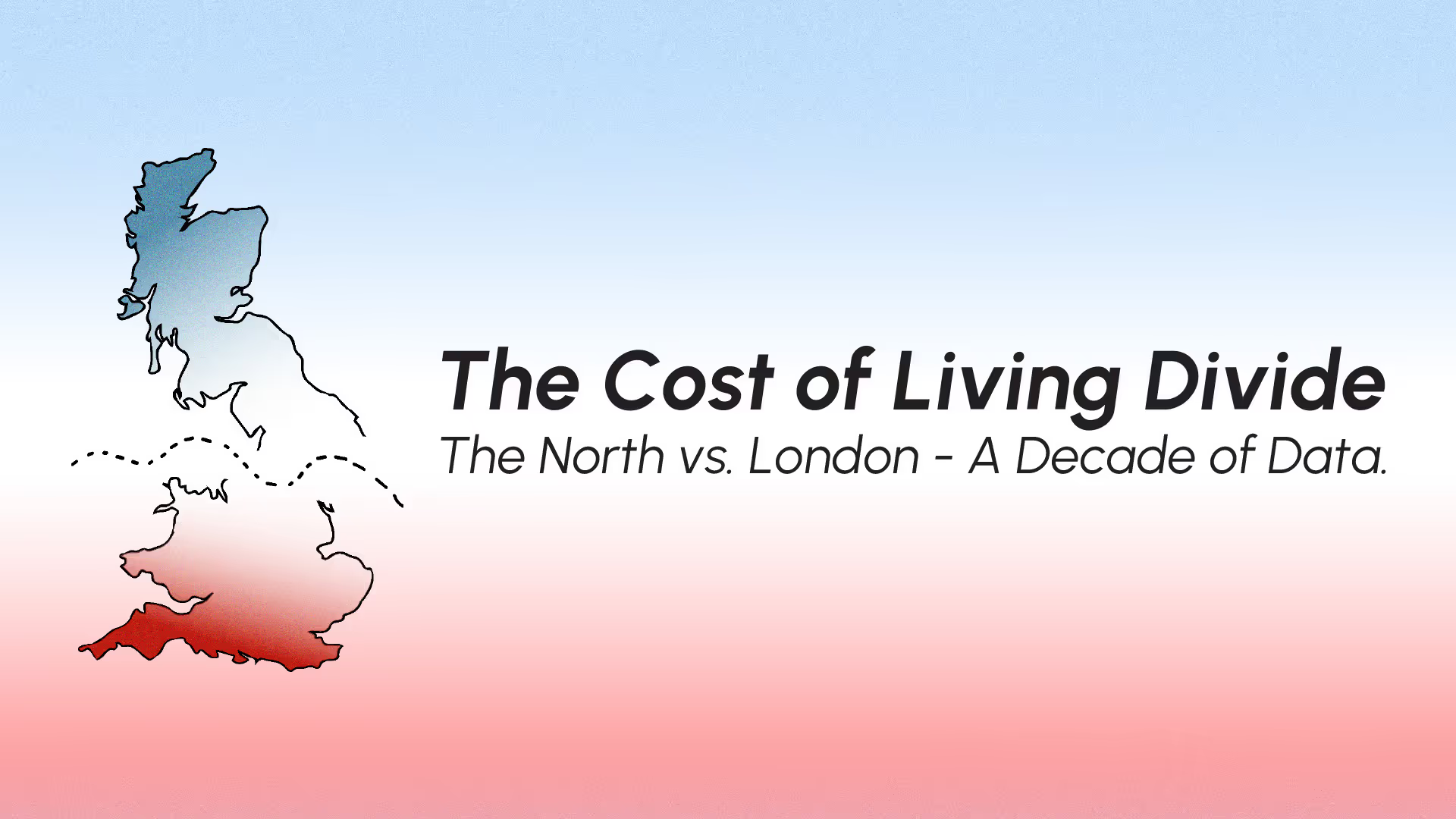
Britain stands at a crossroads, its economic soul split by a decade-long divide between the industrious North: Manchester, Leeds, Newcastle, and the gleaming juggernaut of Central London. This isn’t just a statistical quirk; it’s a lived reality, etched into wages, homes, and the cost of survival. As the nation faces its future, the data reveals a chasm that policymakers can no longer ignore - a disparity that demands scrutiny and resolve.
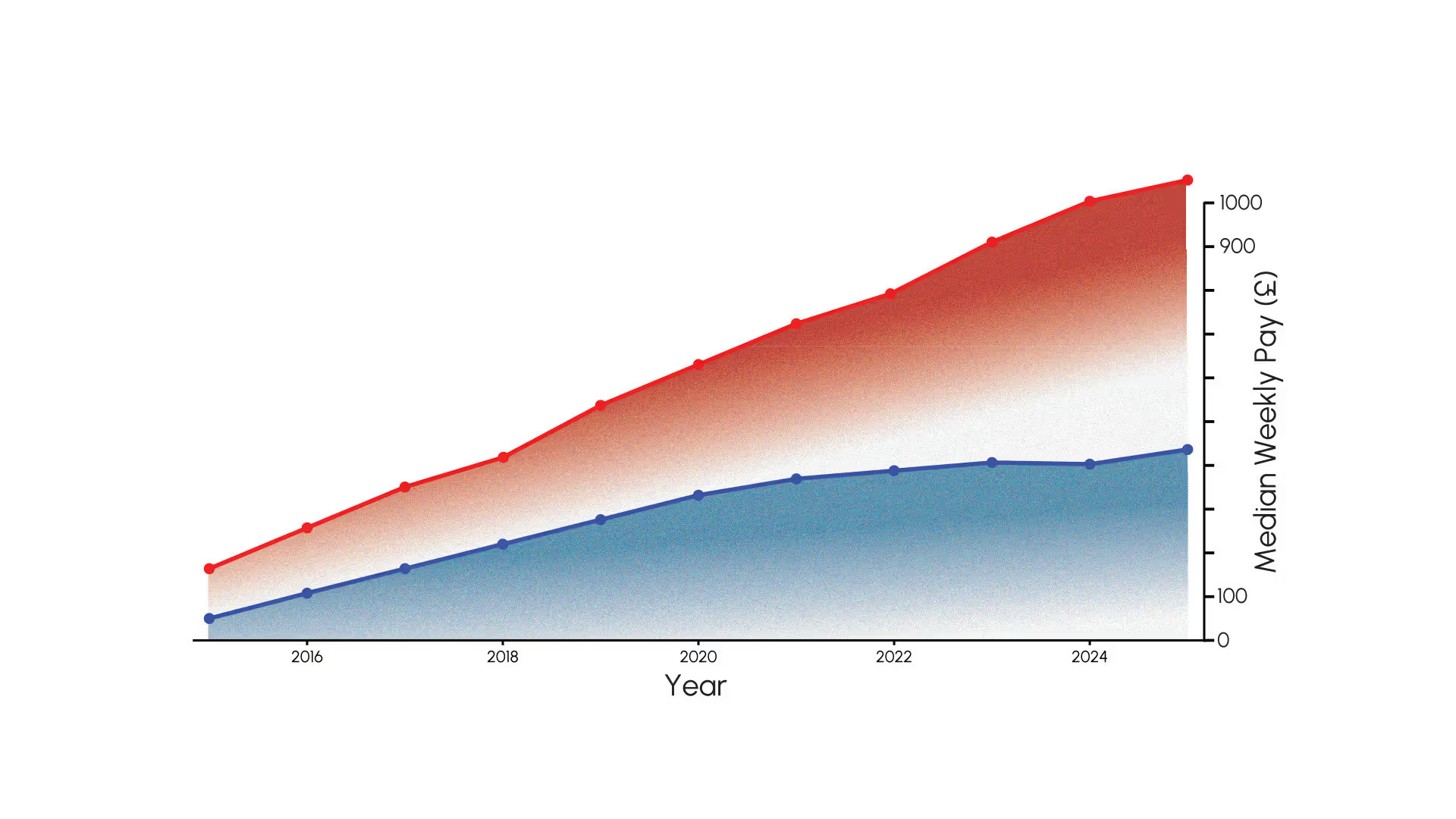
The story begins with earnings, where London’s financial prowess has left the North in its shadow. A decade ago, the gap was modest, with weekly pay in the capital edging ahead of northern averages. By 2025, however, London’s wages have surged, outstripping the North’s more tempered rise. The acceleration post-2020, punctuated by a startling 2024 uptick, suggests an economic pulse yet to be fully decoded by the Office for National Statistics. This isn’t mere growth - it’s a transformation, fuelled by London’s global allure, while the North’s steady climb reflects its industrial heritage. The question looms: what systemic forces have driven this wedge, and can they be undone?
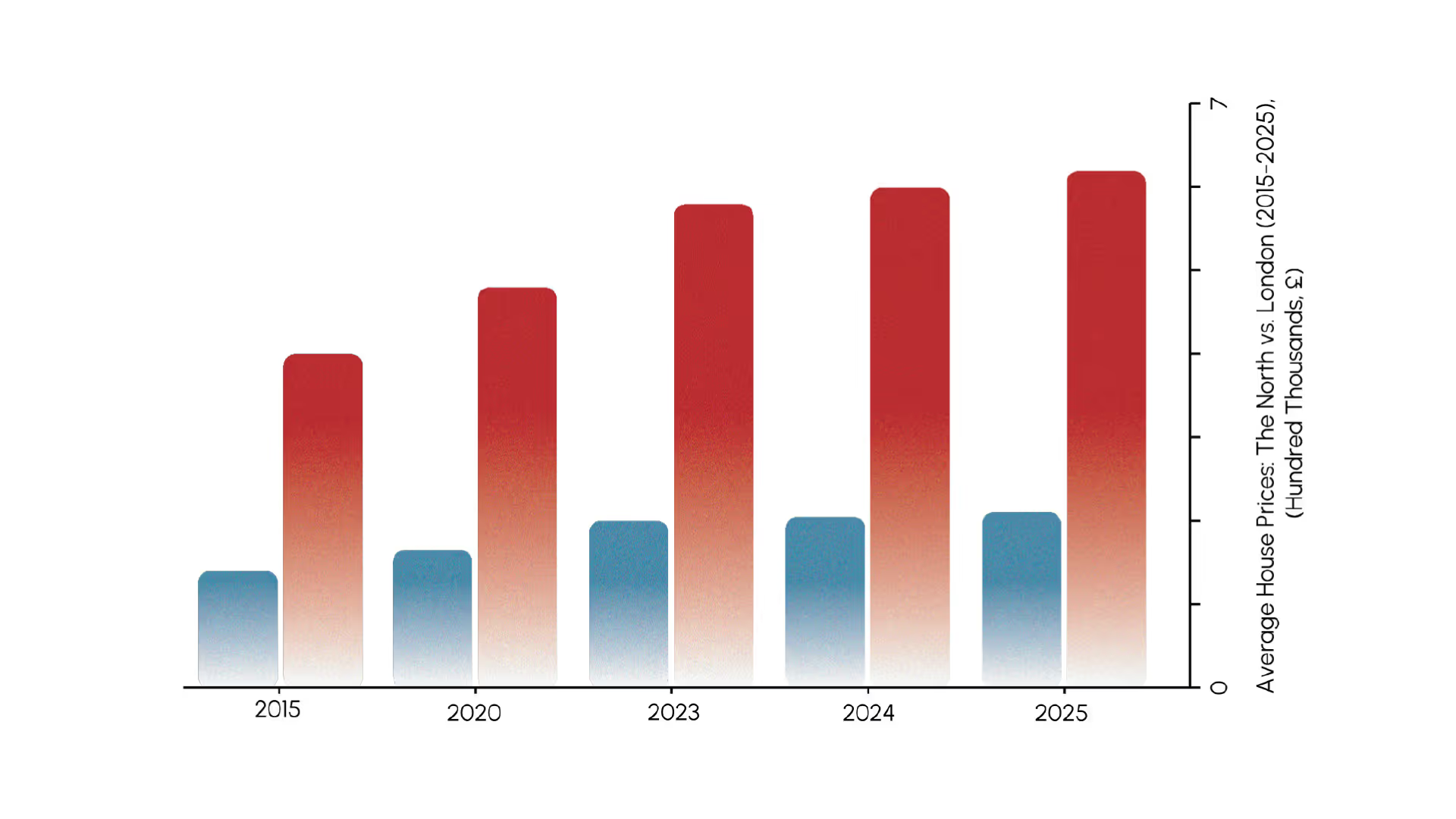
Housing paints a parallel picture, one of escalating barriers that widen the gap. Ten years ago, northern homes were a fraction of London’s prices, a difference that has ballooned by 2025. The capital’s average property costs have soared, outpacing the North’s more modest gains, with a 2024 pause hinting at market jitters. This isn’t just a numbers game; it’s a lockout, where London’s prosperity remains out of reach for many, even with higher wages, while the North retains a semblance of affordability. The disparity challenges us: how can the North thrive when housing costs outstrip its economic potential?
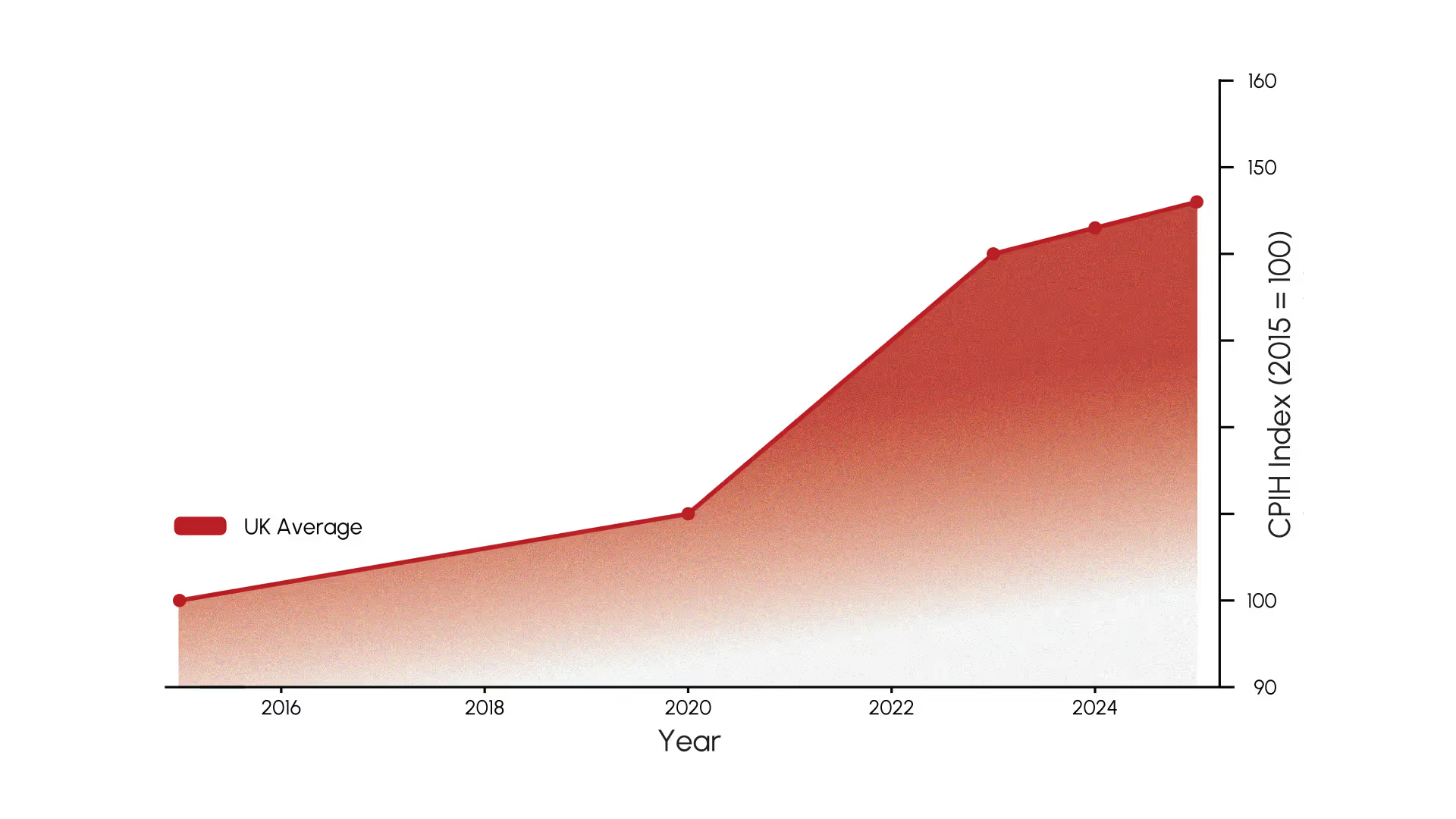
Inflation threads a universal strain through this narrative, eroding the value of every pound earned. Over the decade, prices have climbed steadily, peaking in 2023 before a tentative dip by 2025, stripping away real income across both regions. This relentless rise, tracked by official measures, hits the North’s lower wages harder, yet offers no regional favouritism. The recent softening hints at hope - could it signal a turning point? - but its legacy lingers, shaping the economic battlefield. It’s a reminder that while the divide is regional, the pressure is shared.
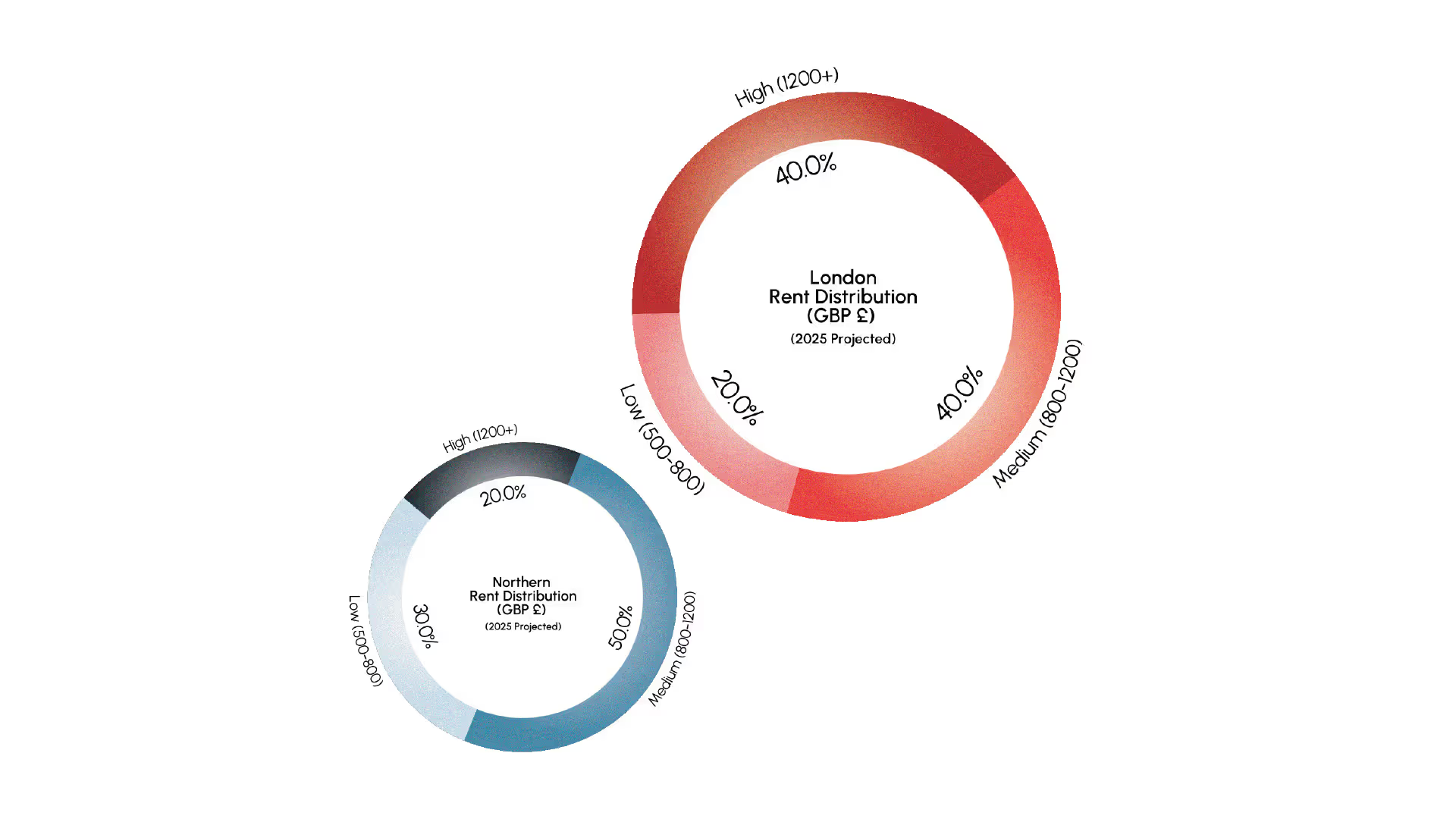
Rental markets offer another window, reflecting the North’s balanced demand against London’s skewed wealth. By 2025, the capital’s rental landscape tilts toward high-end properties, a stark contrast to the North’s reliance on mid-range lets. This shift mirrors urban pressure and affluence, casting London as a city of extremes, while the North holds a more equitable spread - albeit at a lower tier. It’s a market dynamic that deepens the divide, prompting a critical question: what drives this rental inequality, and who benefits?
Delving into the fine grain, wage distributions over the past decade expose volatility and variety. From 2015 to 2025, London’s earnings have swung more widely, with a notable 2024 surge that echoes the earlier uptick. The North, by contrast, shows a steadier pattern, its wages clustering closer together. This quarterly snapshot, stretching across 40 quarters, captures the ebb and flow of economic life, revealing London’s dynamic edge against the North’s resilience. It invites a deeper probe: what fuels this volatility, and could it herald change?

This tapestry of data weaves a troubling narrative. London’s meteoric wage growth, bolstered by sky-high housing and a rental market skewed toward the elite, stands in stark contrast to the North’s measured progress. Inflation’s unyielding rise adds a shared burden, magnifying the North’s disadvantage. The capital’s prosperity casts a long shadow, its homes and rents outpacing the North’s potential, while the 2024 surge - still under review - teeters between anomaly and turning point.
As the decade closes, the choice is stark: invest in the North to narrow this gap, or let London’s dominance solidify into permanence. This is no abstract debate. The North’s lower costs and tighter wage spreads offer a resilience that could be harnessed, yet its lag behind London’s red-hued prosperity is undeniable. The data, rich and revealing, urges a reckoning.
Policymakers must act - pouring resources into northern infrastructure, tackling housing affordability, and addressing wage inequality - before the divide becomes an unbridgeable gulf. The 2024 surge, if sustained, might signal a shift; if not, it’s a fleeting mirage.
Britain’s economic soul hangs in the balance, and this story demands we ask: can the North rise, or will London’s shadow prevail? The answer lies in the data - and in the will to act.
Sources: ONS ASHE, UK HPI, CPIH | Designed by Gabe Petch.